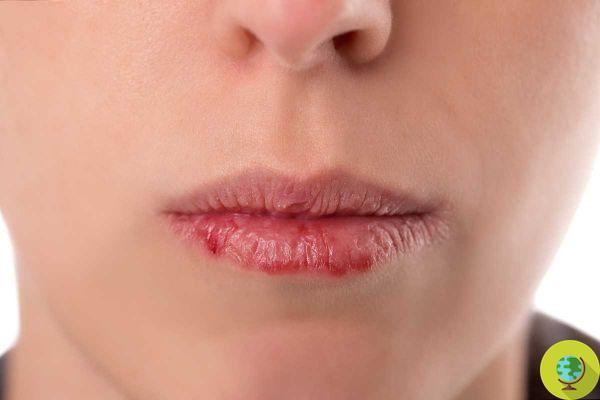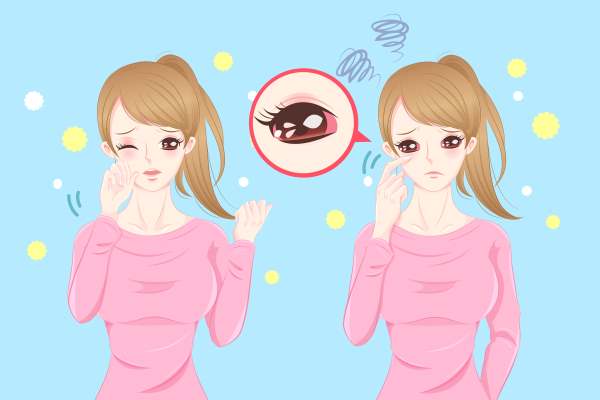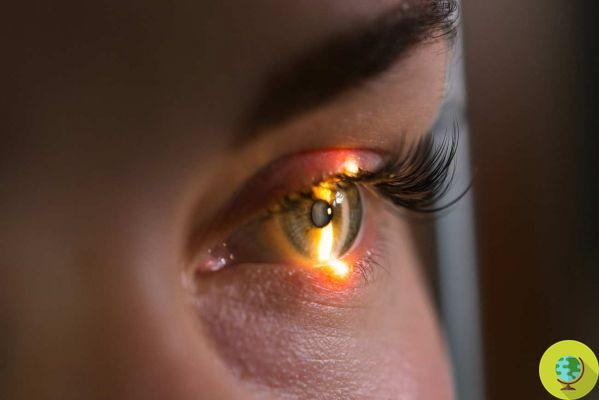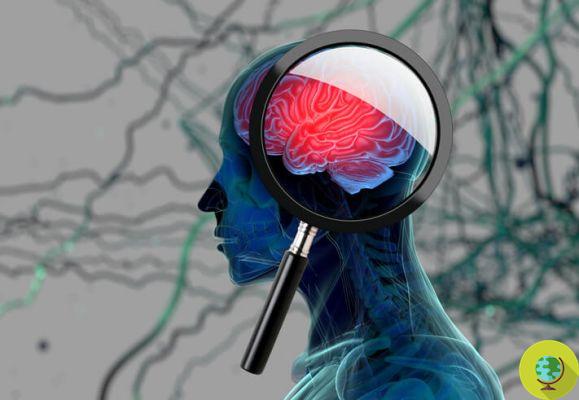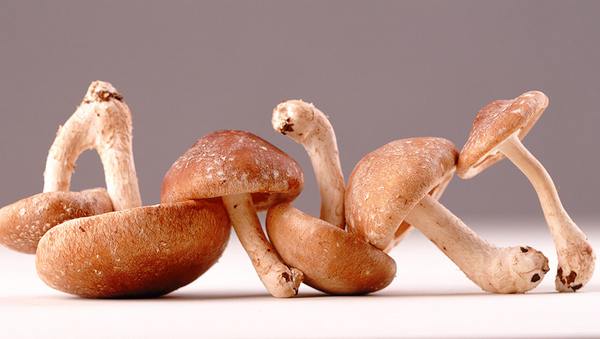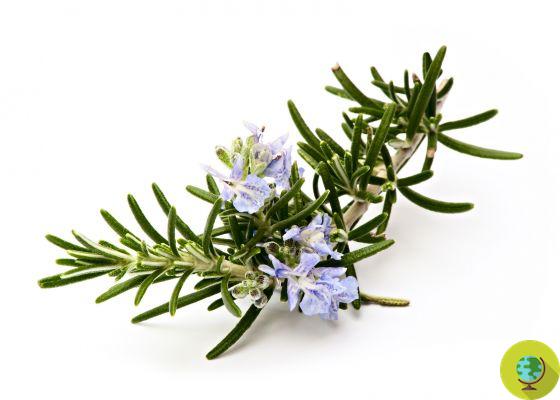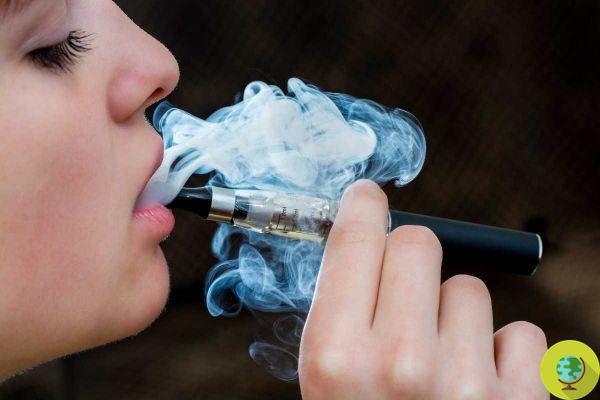
White or gray hair: how do you explain that our hair becomes salt and pepper overnight? For many men it is synonymous with maturity and charm, for women, on the other hand, white hair is much more difficult to digest. But how is it possible for some people to have premature graying or bleaching of their hair after illness or stress?
Don't store avocado like this: it's dangerous
White or gray hair: how do you explain that our hair becomes salt and pepper overnight? For many men it is synonymous with maturity and charm, for women, on the other hand, white hair is much more difficult to digest. But how is it possible for some people to have premature graying or bleaching of their hair after illness or stress?
Trying to answer this question is a recent study by the National Institutes of Health and the University of Alabama at Birmingham, which found a link between white or gray hair and the activation of innate immune system. Specifically, the authors of the new study identified a connection between genes associated with hair color and genes that "sound the alarm" in the case of a pathogenic infection. The findings could explain why some people's hair turns gray and white in response to chronic stress or some serious illness.
Our skin, eyes and hair get their color from melanin, which is produced by melanocytes, cells found throughout the skin and on various other parts of the body. The researchers looked at melanocyte stem cells in the hair follicle, which are the stem cells that are essential for the production of melanocytes.
Basically, our hair is colored thanks to the stem cells of the melanocytes present in the hair follicle. As old hair falls out, leaving room for new hair to grow, melanocyte stem cells serve as a reserve of melanocytes. Without these stem cells, hair simply grows non-pigmented, gray or white in color.
Melissa Harris, first author of the research, her team became interested in studying a particular gene within melanocytes, called transcription factor gene (MITF) associated with melanogenesis. This gene basically "commands" the melanocytes to produce its homonymous protein, which in turn regulates the functions of melanocytes such as the production of melanin.
MITF plays a role in the regulation of functions within melanocytes. One of these roles is to keep the response to interferon in check. Interferons (which are a family of proteins produced by both immune system cells and tissue cells in response to external agents such as viruses, bacteria, parasites or cancer cells) "signal" the molecules that are produced by cells when they detect a foreign invader . The interferons then instruct other cells to express genes that inhibit viral replication. When MITF's control of the interferon response is lost in melanocyte stem cells, the hair would turn white or gray.
“For melanocyte-related disorders, we think this discovery will be relevant for understanding autoimmune hypopigmentation disorders, vitiligo and melanocyte-specific cancer, melanoma. Many vitiligo researchers have already hypothesized a role for innate immunity in the etiology of vitiligo, and this is just another step towards identifying mechanisms that could initiate vitiligo. As for melanoma, our studies could provide an example of how melanoma cells could mediate immune evasion. If melanoma cells take advantage of the fact that MITF can suppress aspects of the immune response, then this can contribute to their ability to "hide" from the protective effects of our immune system, ”Harris concludes.
The results suggest, in short, that the same genes that control the pigment in hair and skin also control the immune system, even with important repercussions in the medical field. A connection that could help researchers understand pigmentation disorders such as vitiligo, which causes discolored skin spots and affects 0,5-1% of the population. But, according to experts, more studies will be needed.
Read also:
- Vitiligo: causes, types and treatment of white patches
- Do you have graying hair? Attentive to heart health!
- 5 reasons linked to the premature appearance of white hair
Germana Carillo




